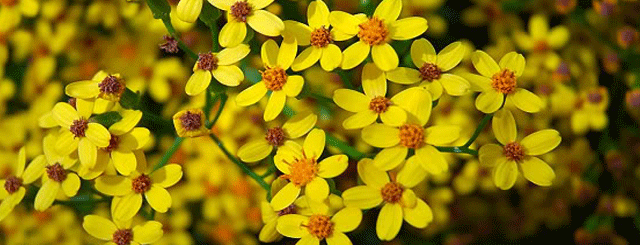Festivals & Events

Ethiopia has a different calendar from most of the rest of the world, as it still follows the Julian calendar, and did not follow the reform introduced by 1582 by Pope Gregory XIII, after whom the Gregorian calendar is named.
The Ethiopian calendar is based on the Coptic calendar with a leap day every four years. Ethiopia has twelve months with 30 days each and a thirteenth month called Pagume with five or six days depending on the year.
The New Year is celebrated on 1 Meskerem, or 11 September (12 September in leap years): this year 2023, Ethiopia will enter 2016. The difference in date relates to differing calculations on when Christ was born – the Ethiopian Orthodox Church follows the Julian calendar, which sets the date at 7 BC.
Ethiopian New Year also corresponds with the fading out of the rainy season – the heavy downpours are generally over, though rains continue for a few more weeks – more sunny weather and the sprouting of the yellow flowers, called Adey Ababa, or Meskal Flowers, which cover the countryside at this time.
The name Enkutatash has its origins in the return of Queen Sheba from her visit to King Solomon in Jerusalem in 980 BC, when she was greeted with many enku, or jewels.
In the run up to the New Year, young girls carrying Adey Ababa sing and dance in the streets, the big celebration starts on the eve, when Christians attend church services and offer prayers for the New Year. The day itself is a big family day, with much feasting and drinking, and dropping in on old friends.
Visitors to Addis Ababa (or anywhere else in the country) at this time can sample and get caught up in the celebrations and atmosphere, walking though the town, enjoying cultural music in a national food restaurant, and dropping in on bars and clubs.
We can integrate this festival into a longer tour, whether history and culture, visits to the Omo, bird watching, trekking and other activities.
Contact us for more details:ethiopianquadrants@gmail.com